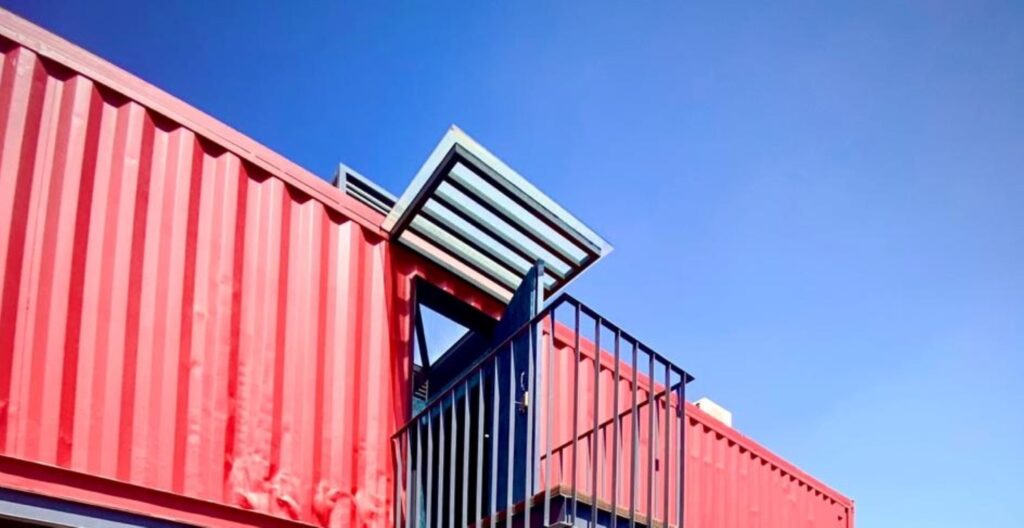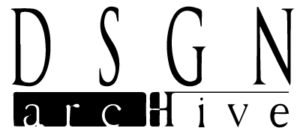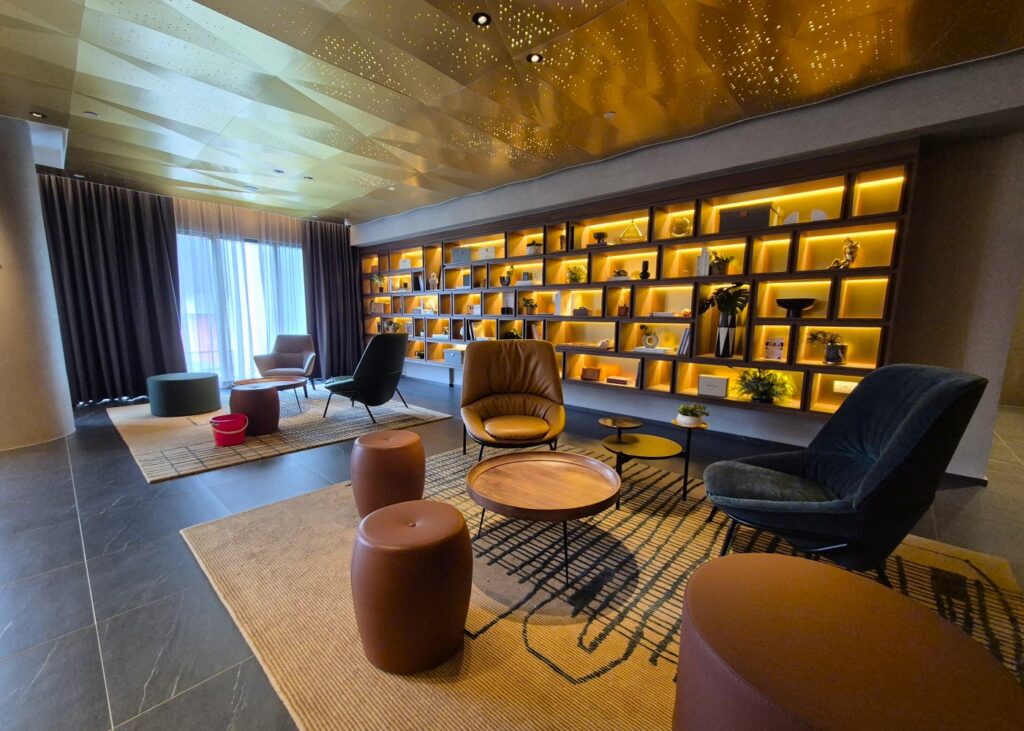
Megapark
the reinterpretation of shopping centres
- PROJECT LOCATION: Bangkok,Thailand
- ARCHITECTURE FIRM: Architectkidd
- PRINCIPAL DESIGNER: Luke Yeung
- DESIGN TEAM: Luke Yeung, Manassak Senachak, Korpong Sanaha, Nashanachart Jitjaengthanyakorn, Ployratsamee Thammajindawong, Mana Nampanwiwat
-
CONSULTANTS
Design Consultant: Deline Architects / Jutharat Thatprakob
Structural/MEP Engineer: Aurecon
Landscape: Landscape Collaboration
Construction: Future Construction
Landscape Construction: Ped Garden -
AREAS
Site Area: 20,000 sqm
Building Footprint Area: 7,000 sqm
Gross Floor Area: 15,000 sqm - PHOTOGRAPHY: WWorkspace, Ketsiree Wongwan, Panoramic Studio
Function & Purpose
The architecture of Megapark is designed to be a kind of a green scaffold. The structure can accommodate vertical vegetation, and together with the planting and landscape design, forms an environmental filter between the interior and exterior spaces. The design allows for daylight and natural ventilation to permeate the building within a tropical climate.
Material Palette
The main material of the design is composed of 20cm x 20cm galvanized steel columns that are spaced 1-meter apart. The steel columns provide structural support for walkways, canopies, systems and program spaces. With the repetitive spacing, the goal was to avoid typical large-scale construction grids and systems needed for commercial buildings.
The inspiration
The use of steel was informed by local footbridges and pedestrian infrastructures found in Bangkok. Architectkidd and structural designers Aurecon transformed this precedent into an open framework and an integrated architectural and structural system to accommodate public activities and programs.
The program introduces communal facilities, park, shopping and recreational areas across three levels to the existing shopping center. The challenge in the design was to transform a formerly closed commercial space into a more extroverted one for the community.
The Composition
The steel frames create a natural rhythm of their own, with widths and heights of the frames gradually changing in a way that ebbs and flows throughout the site. The result is a new public presence that is coherent without being imposing. Instead, a fluid and more natural architectural approach is created that provides for more intimate spaces in a human scale.
An evolution
It has been over 10 years since the original shopping center was built housing the first IKEA in Thailand. Since then the retail and urban environment in South East Asia have evolved significantly.
Architectkidd’s design brings a vision of change to the shopping center model as well as an opportunity to experiment with new approaches that combine the commercial with community and the public.
Inspired by this project?
Click here to find out more about the creatives behind it
Principal Architect Luke Yeung
Read about similar
PROJECTS
- All
- #apartment
- #art
- #bespoke
- #concrete
- #contemporary
- #design
- #dubai
- #farmhouse
- #gujarat
- #homeinteriors
- #hotel
- #interiorarchitecture
- #interiordesign
- #lifestyle
- #lonavala
- #luxuryhomes
- #luxuryvilla
- #penthouse
- #projects
- #pune
- #renovation
- #residential
- #villadesign
- architecture
- hollandvillage
- reviews
- singapore

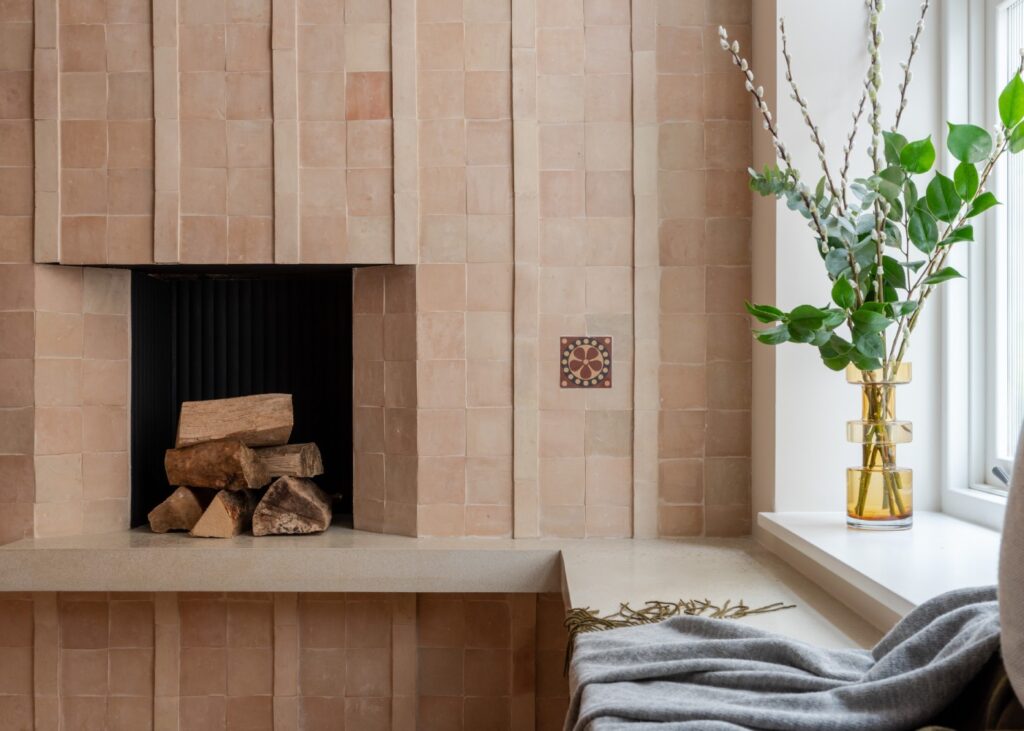
Historic Factory to Contemporary Living: Palladian’s Innovative Renovation of The Tile House
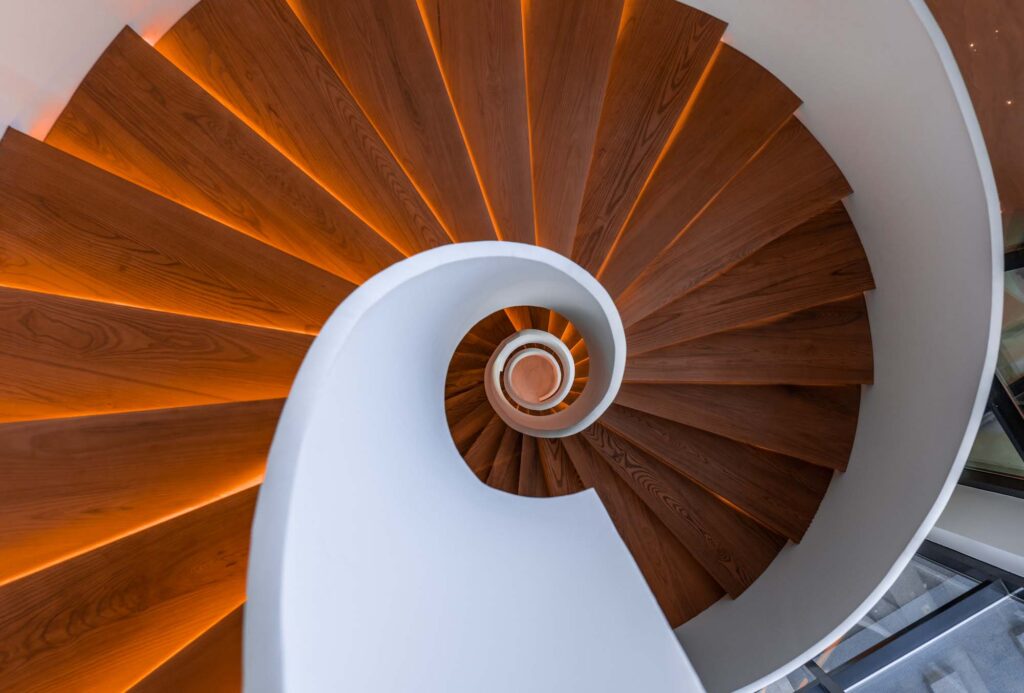
The design of luxury living in Nad Al Sheba, Dubai
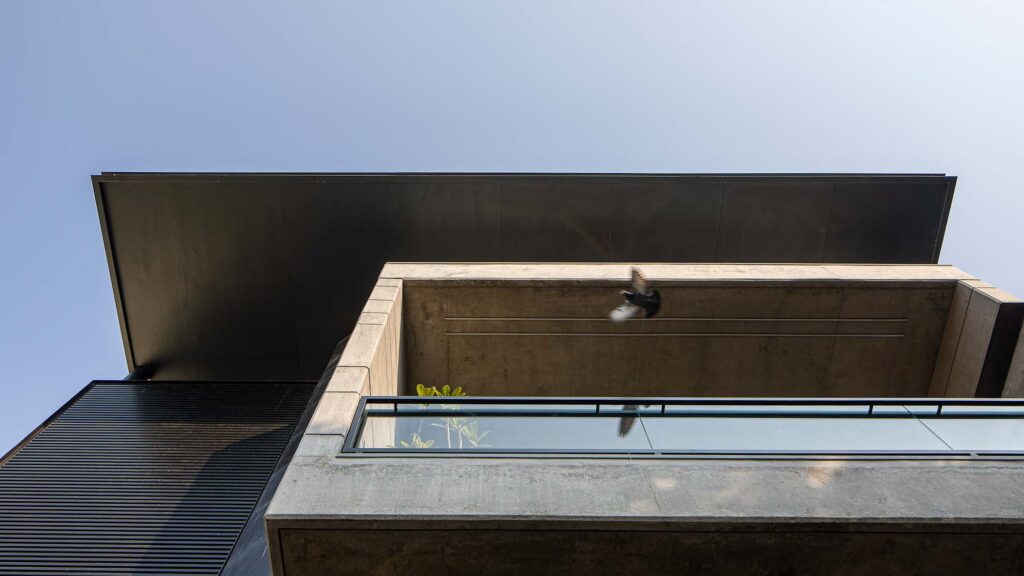
JS Residence, a modernist home in a neutral palette

Airavaat, a home in the clouds

Apartment interiors: Elegance in simple tones & textures

An idyllic holiday home nestled in a coffee estate

Apartment Interior Design: Inspired by the great outdoors
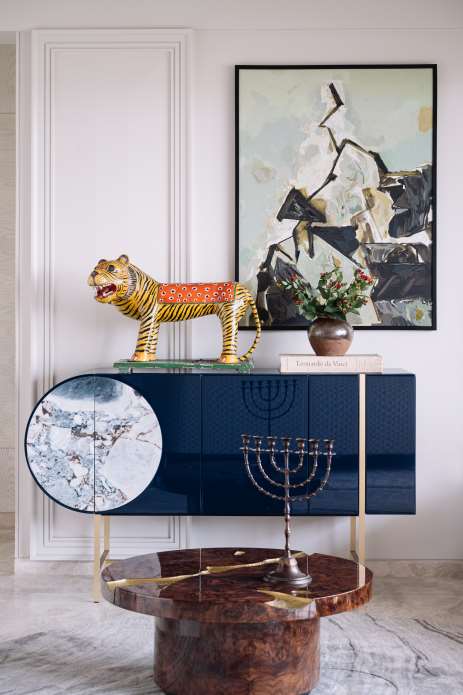
Nestled in a Contemporary & Classy apartment
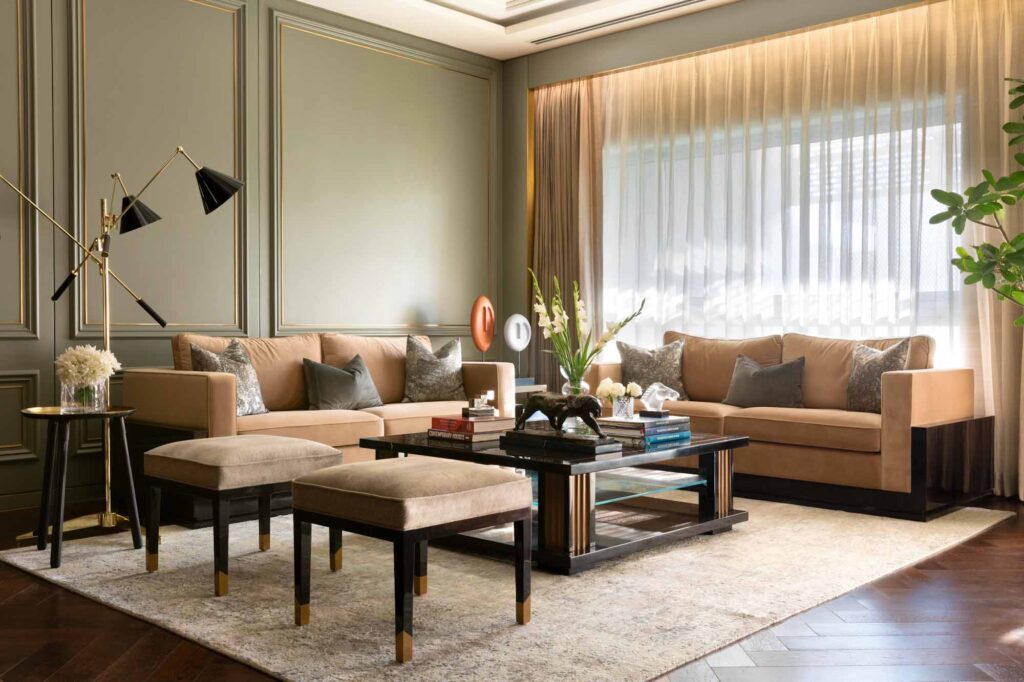
Living the hotel life everyday, in a home
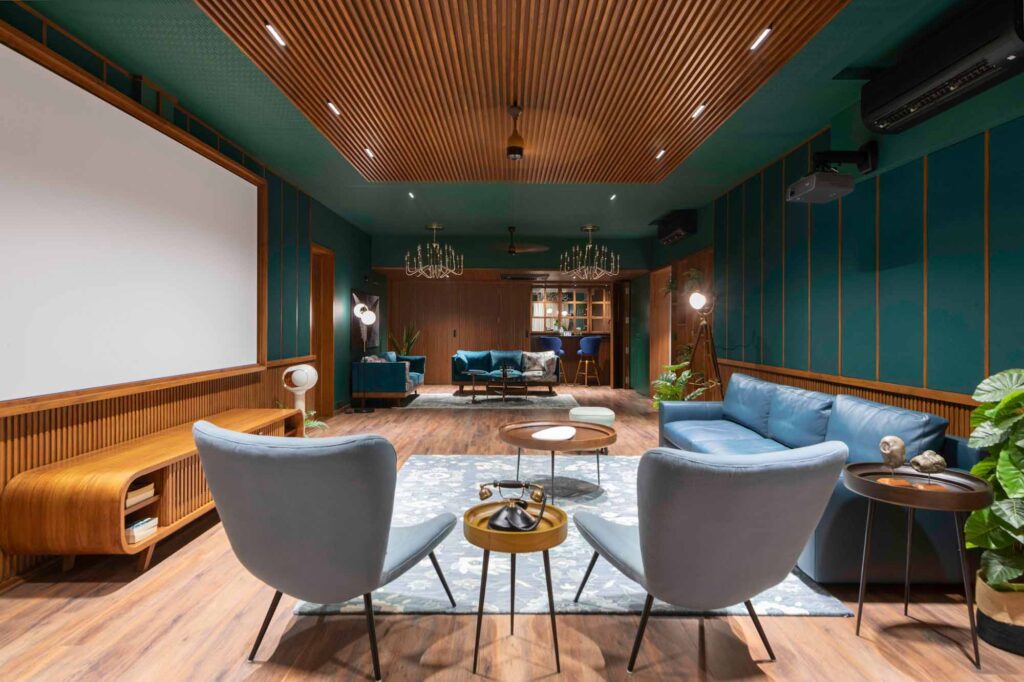
A tropical inspired apartment in Ahmedabad

Setting a Contemporary Eclectic Style in an oceanfront apartment

A modern farmhouse in the tranquil outskirts of Pune
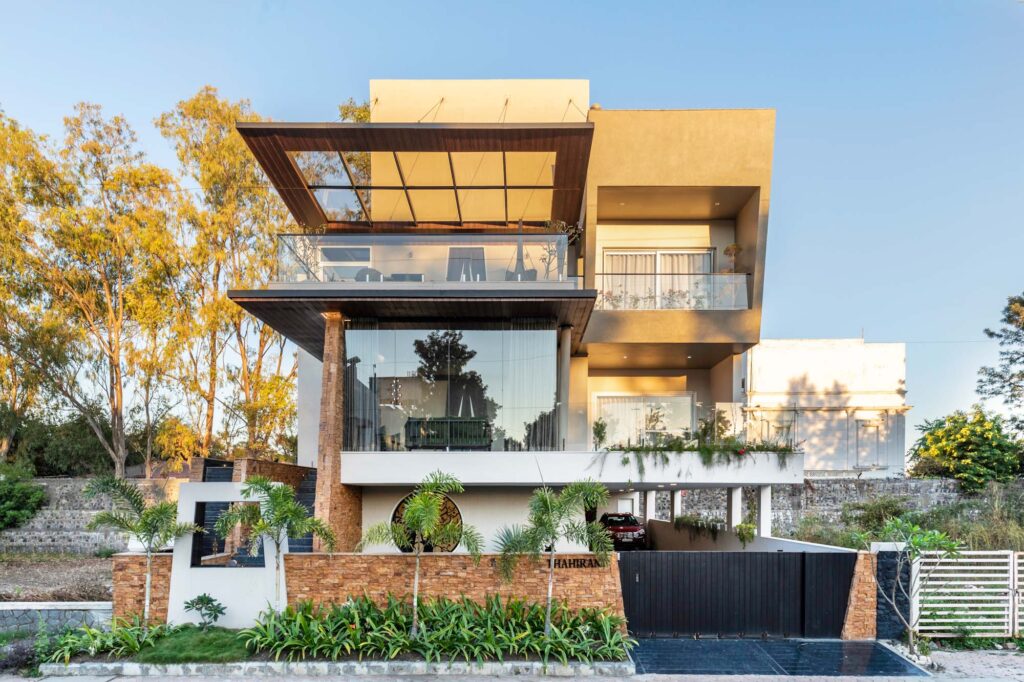
The design of ‘Yellow Stone House’ by Span Architects
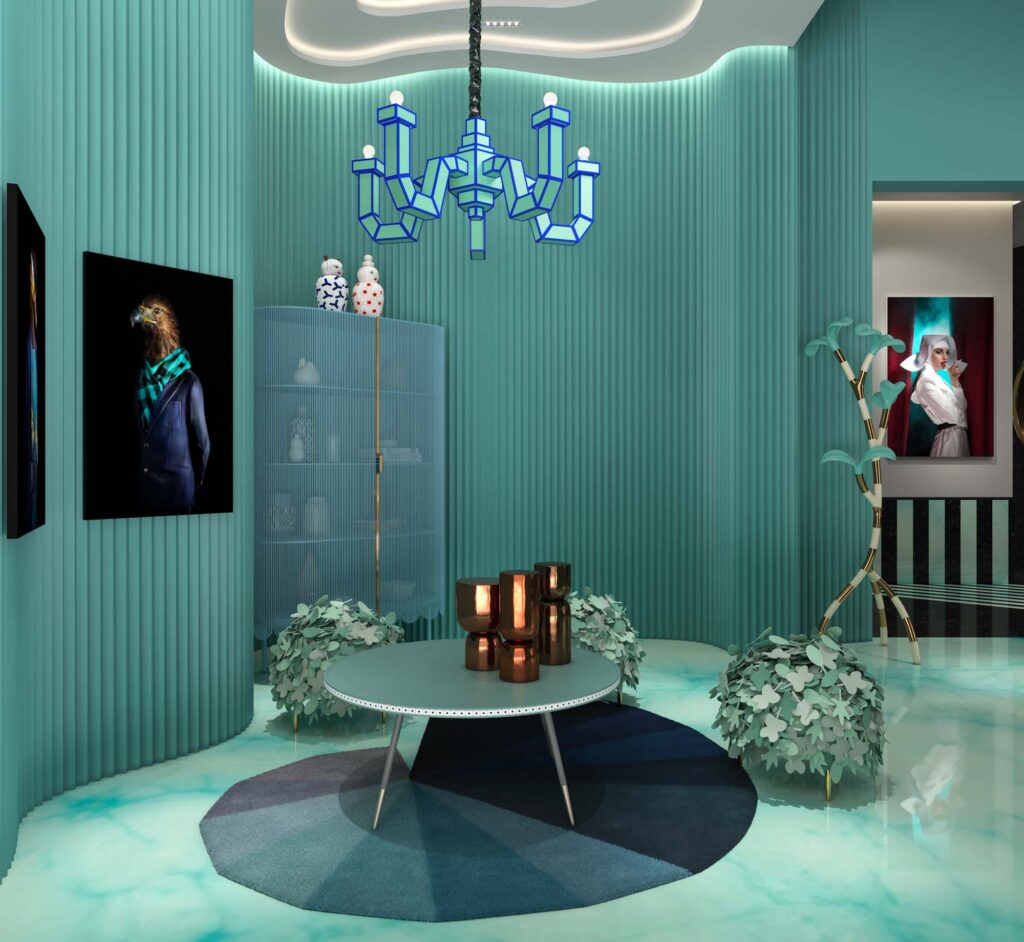
Dwelling in a romantic memory at Tiffany & Co
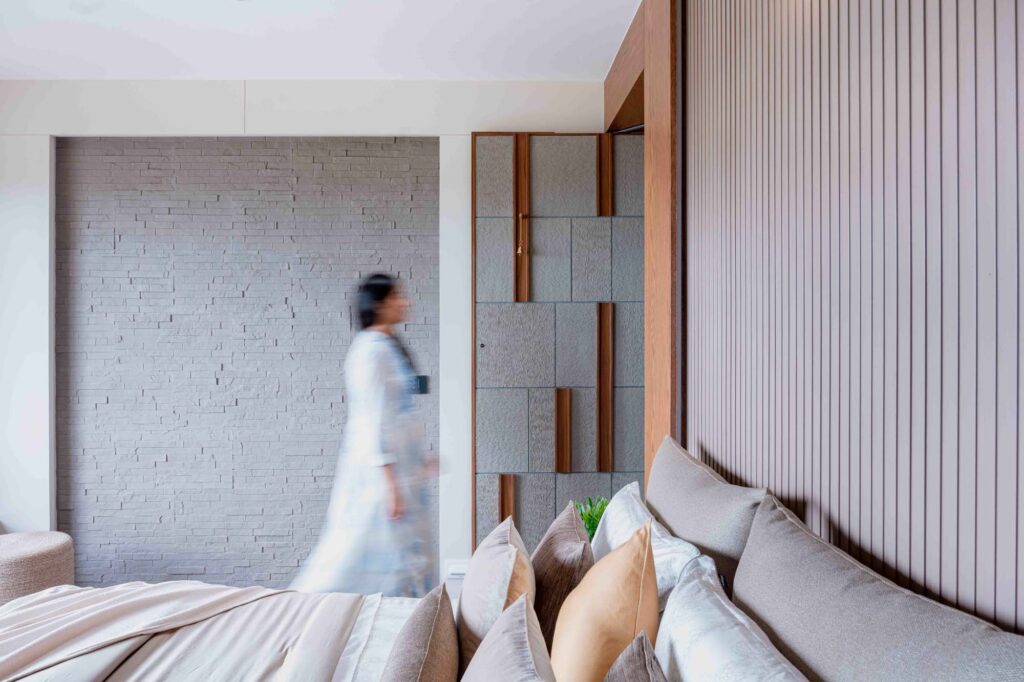
Luxury 4bhk Apartment Interior at Arjun Skylife
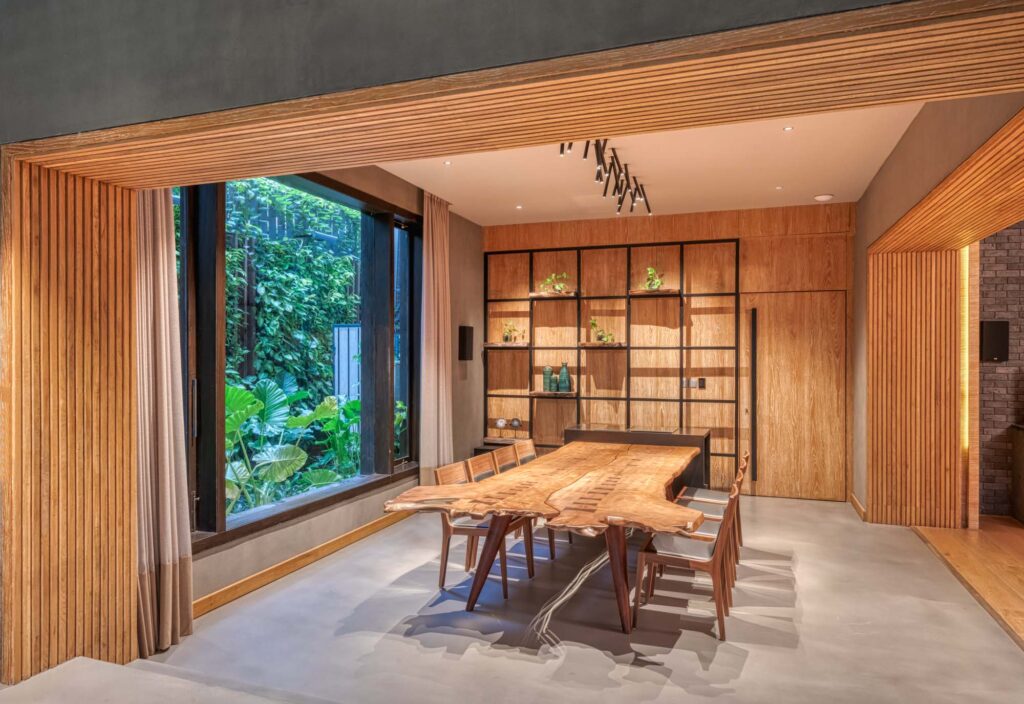
A stunning home in liquid stone |2021
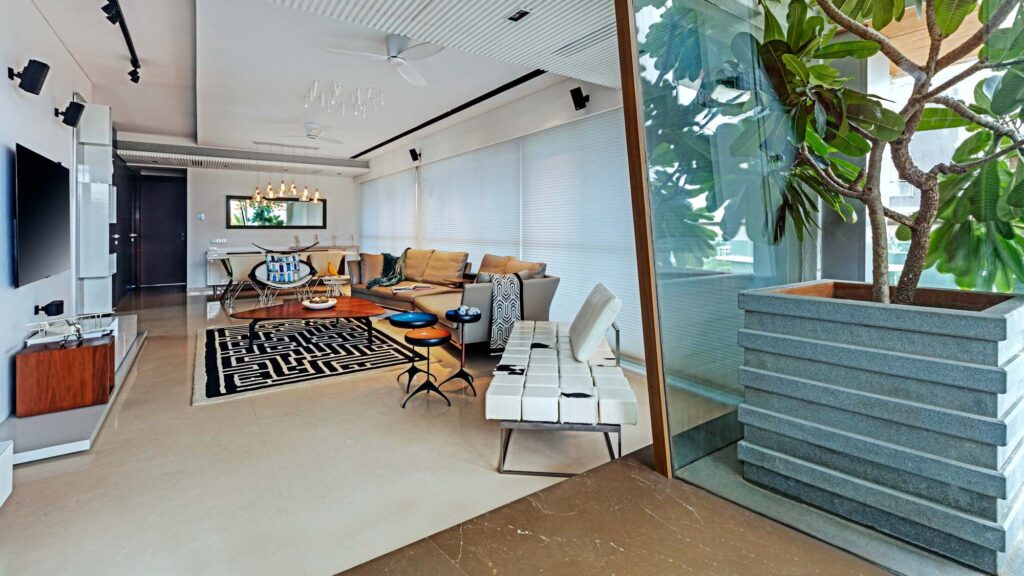
Designing a Penthouse in the middle of Mumbai |2021|
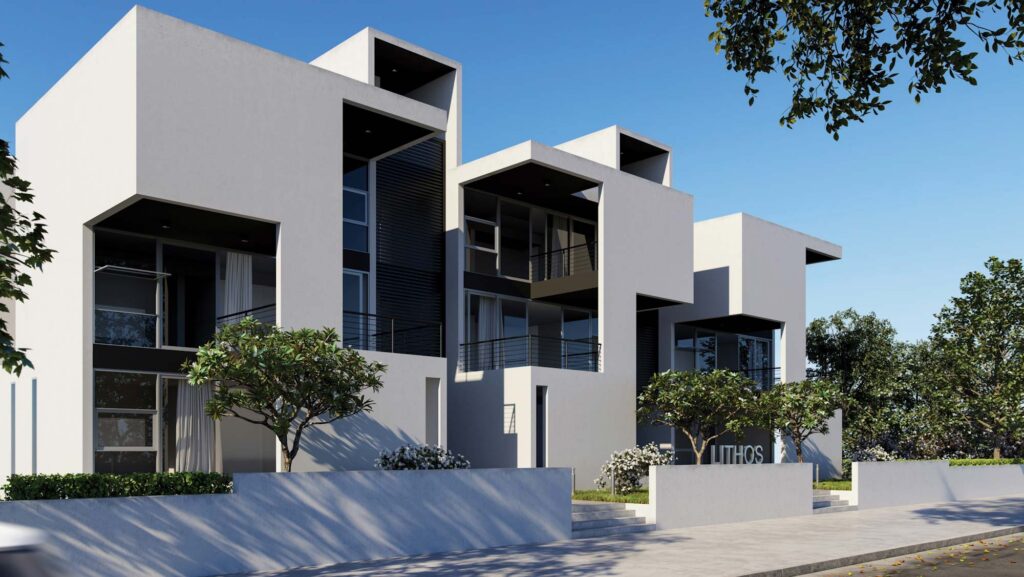
Redesigning Apartment living in the modern age |2021|
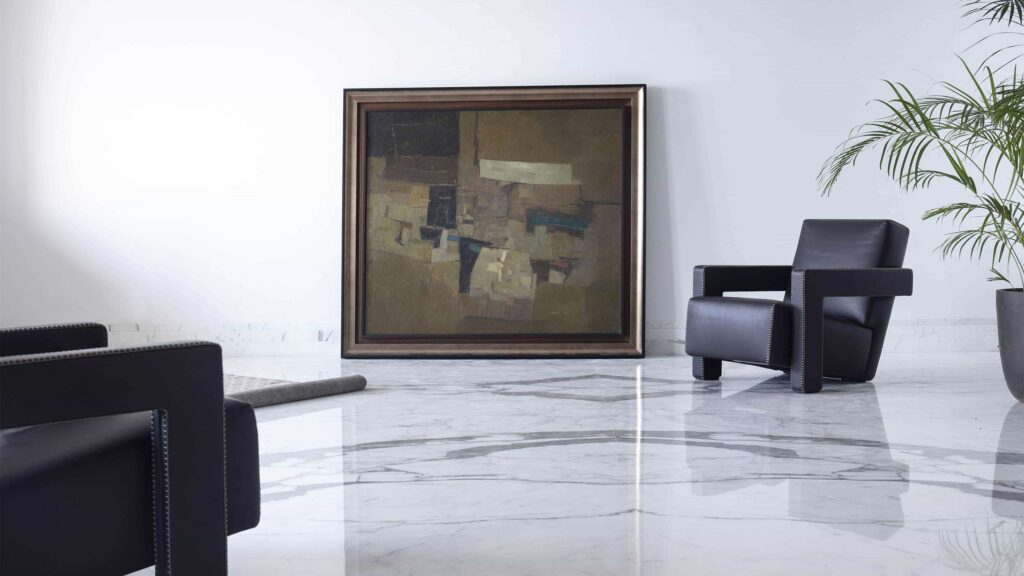
When one discipline of design magnifies another
Discover the latest TRENDS
- All
- #amazonprimeday
- #buffets
- #credenza
- #cushions
- #design
- #furniture
- #homedecor
- #homeinteriors
- #interiordesign
- #interiorspaces
- #lifestyle
- #livingroom
- #nudgetheory
- #openfloorlayouts
- #partitions
- #prints
- #sideboards
- #trends
- Capella Hotels
- Capella Shanghai
- Capella Tufu Bay
- Capella Ubud
- batik workshop
- best deals
- characters
- cocktails
- collectibles
- comicbook
- concluded
- customdesign
- designandliving
- designfestivals
- emotionalwaterbottles
- f&b
- finance
- green
- healthandwellbeing
- hotel
- interiordesigners
- lifestyle
- luxury holiday
- popculture
- retail
- sawthismadethis
- shopping
- shopping in Singapore
- shoppingday
- shops
- shopssingapore
- singapore
- singaporecocktails
- sustainability
- tech
- techdesign
- waterbottles
- wellness
- wellness experiences
- xmstudios
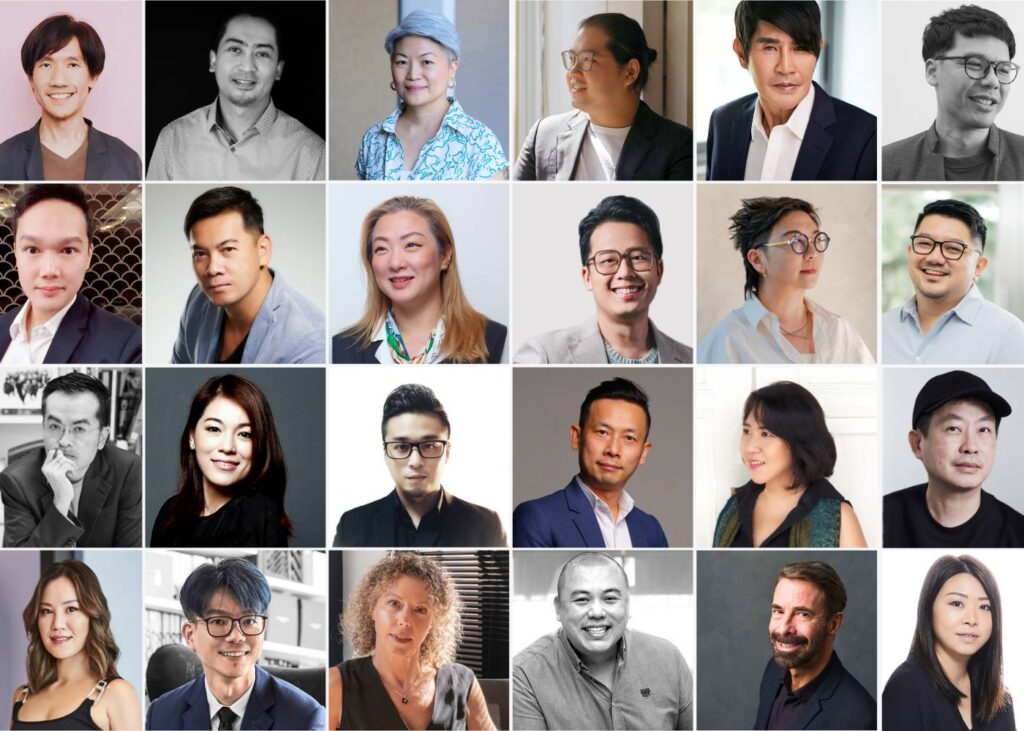
Most Influential Spatial and Interior Designers You Need to Know in Singapore 2025

How to Zone Open Floor Layouts Without Walls

How To Apply The ‘Nudge Theory’ For A Better Lifestyle

Modern Sideboards With a Vintage-Inspired Look

How to Transform Your Home Workstation into a Stylish Productivity Zone

How To Be Creative With Your Living Space Furniture
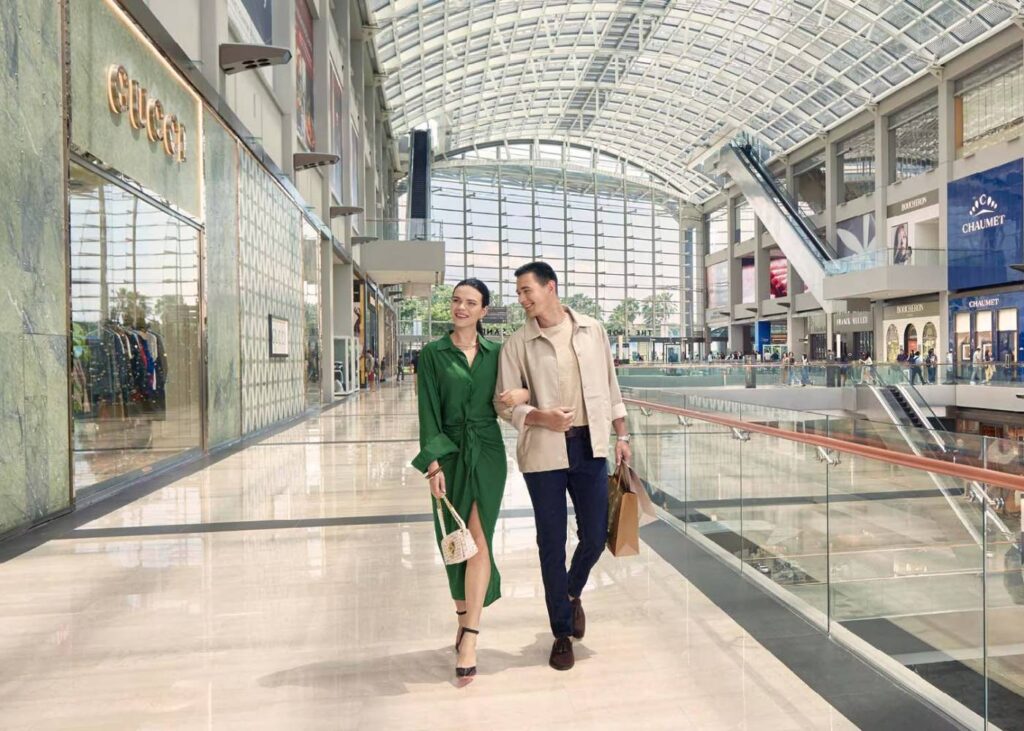
Why We Love the UOB Card as a Lifestyle Companion
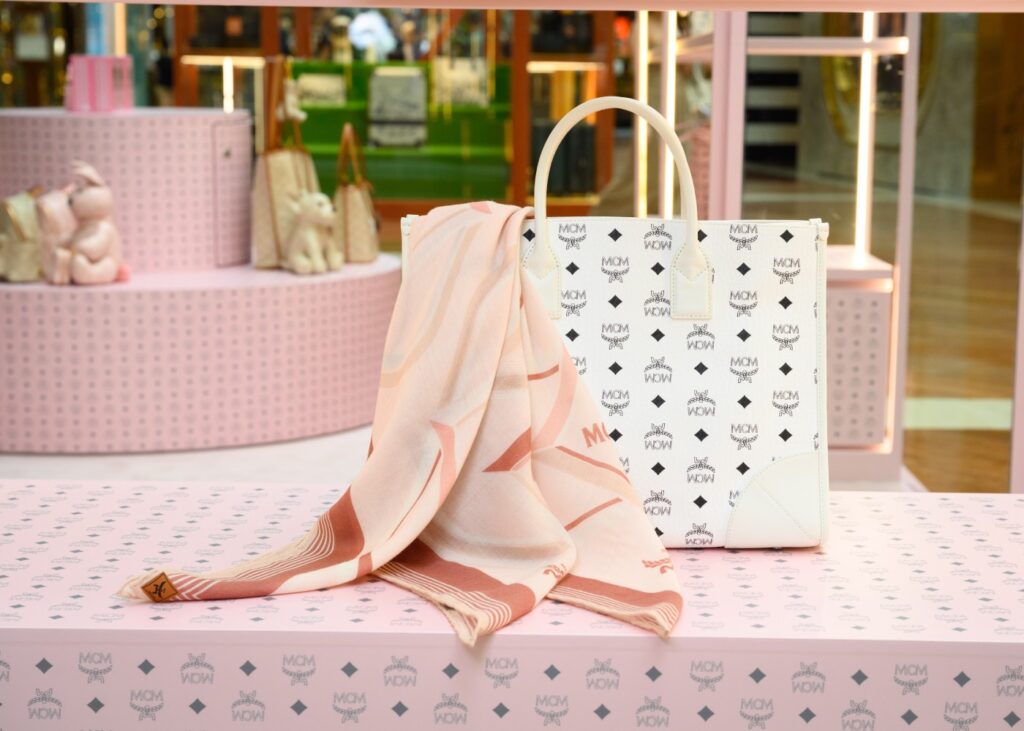
UPDATED! A Shopper’s Guide: Catch the Latest Trends at these Pop-Up Stores
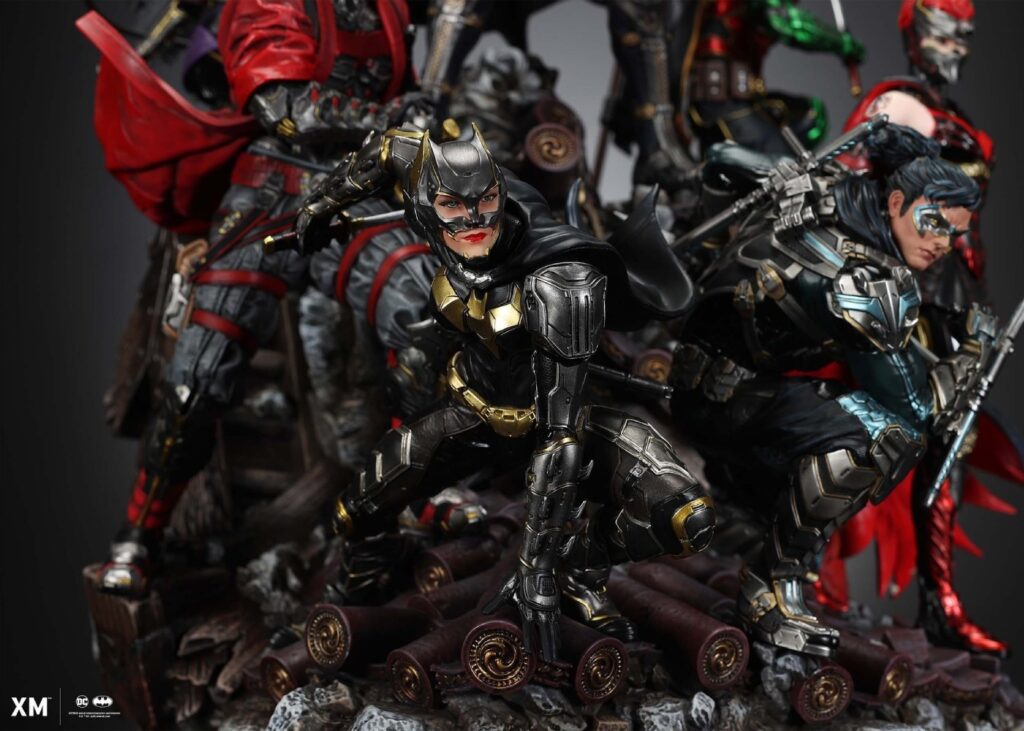
XM Studios: The Ultimate Destination for Comic Book Collectibles in Singapore

Your Guide to Cocktails Inspired by Singapore’s Most Famous Landmarks

Why Emotional Water Bottles Are TikTok’s Latest Obsession for Self-Care and Hydration
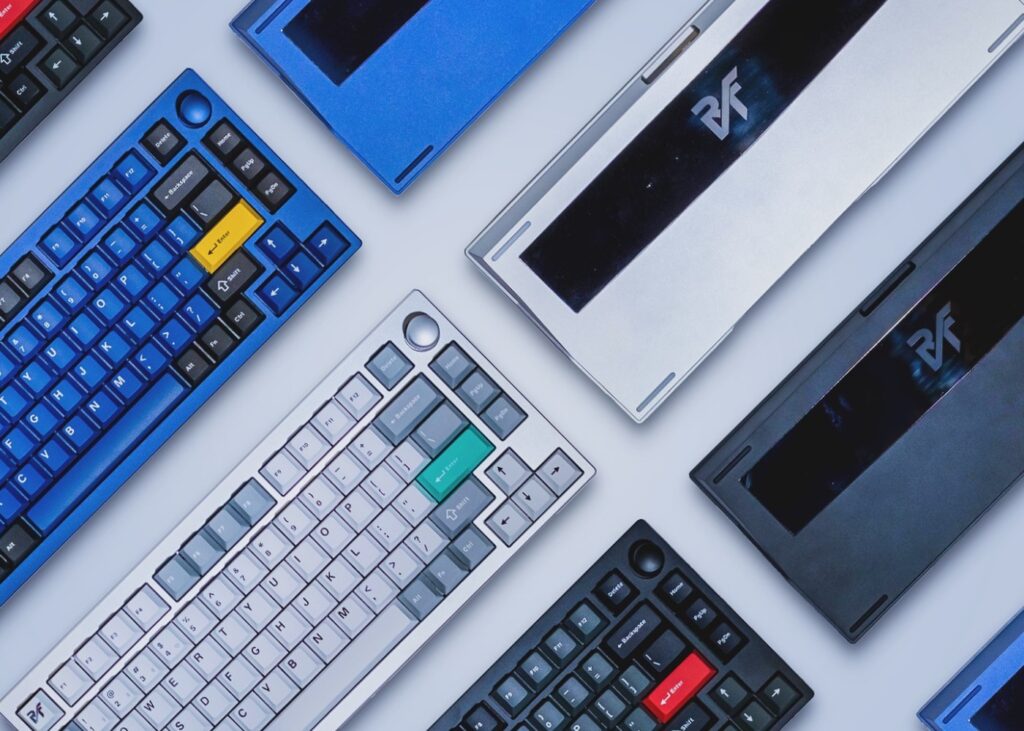
Tech Meets Art: The Creative World of Keyboard Customization
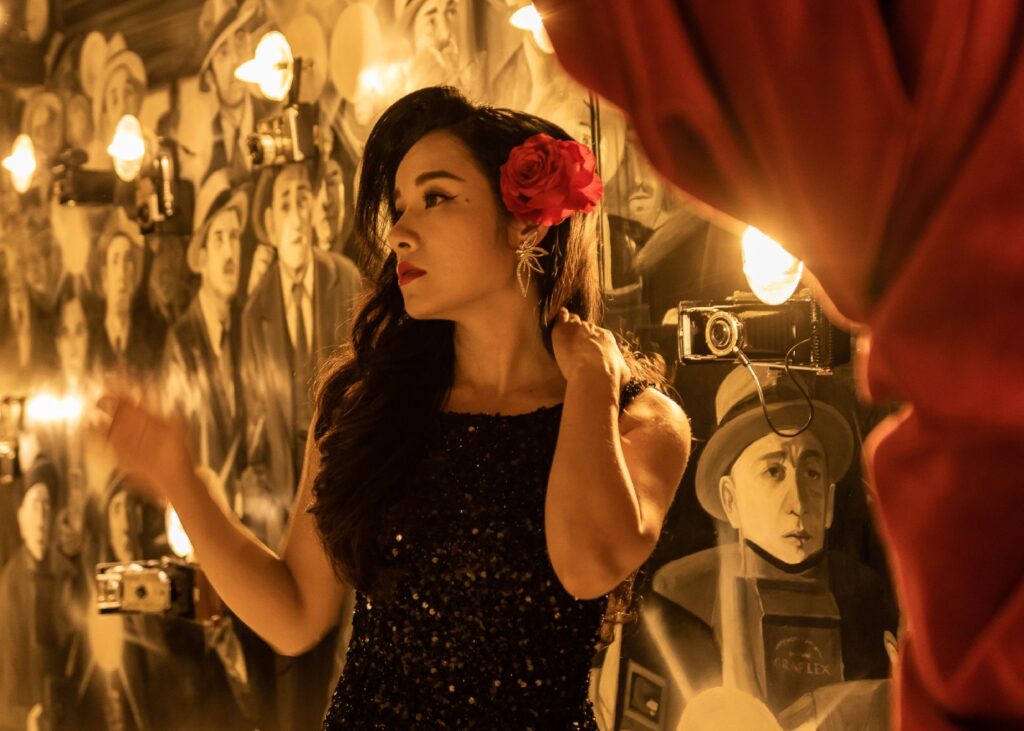
An Artistic 21-day Holiday Experience You Don’t Want to Miss

Amazon Prime Day 2024: Your Guide to the Ultimate Home & Decor Savings
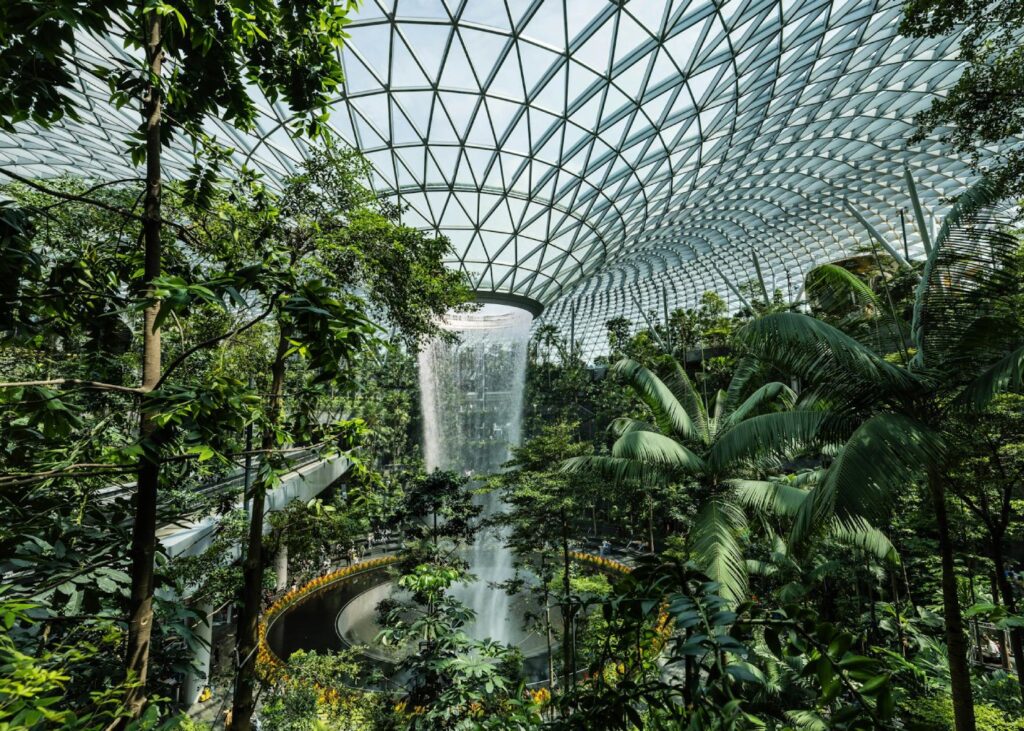
Go Green 2024: Singapore’s Ultimate Guide to Sustainable Living
& Other articles
- All
- #architecture
- #citytrends
- #commercial
- #conservation
- #container
- #containerarchitecture
- #corporate
- #design
- #fashion
- #interiorarchitecture
- #interiordesign
- #interview
- #officeinteriors
- #officespaces
- #retaildesign
- #retailspaces
- #workenvironments
- #workforce
- #workplace
- #workplacedesign
- #workspacedesign
- #workspaces
- CNY
- biophillicdesign
- chinesenewyear
- concluded
- design
- traditionalfestivals

Chinese New Year 2025 Style Guide: Capsule Collections and Festive Fashion
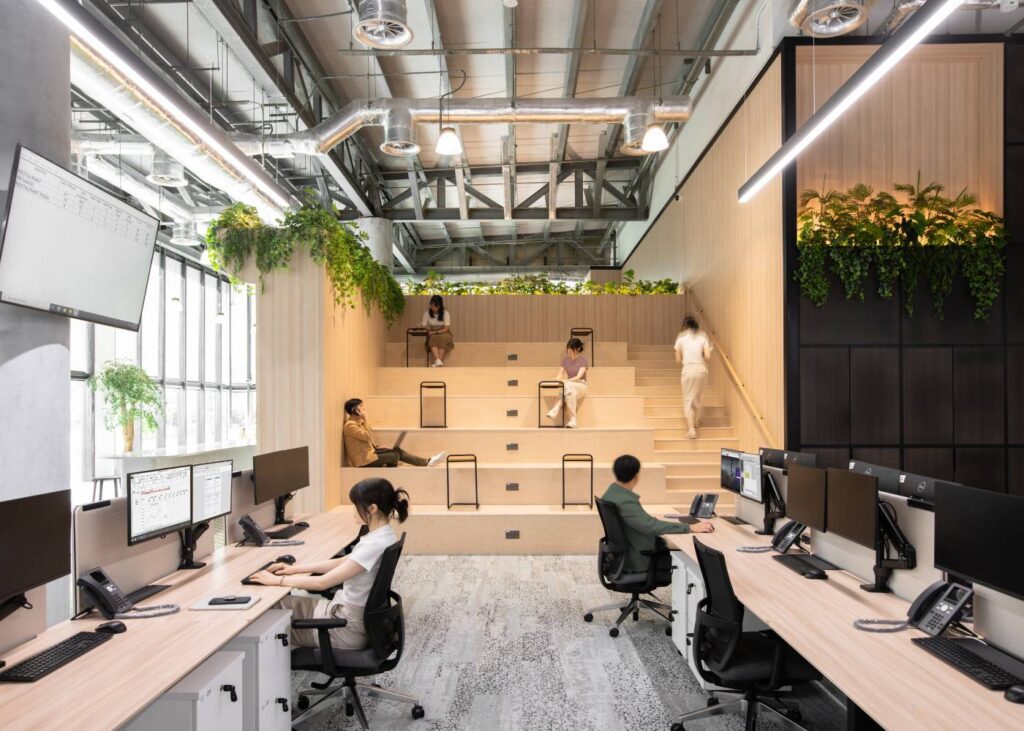
How A Verdant Workplace Sets a New Benchmark with Nature-Driven Office Design
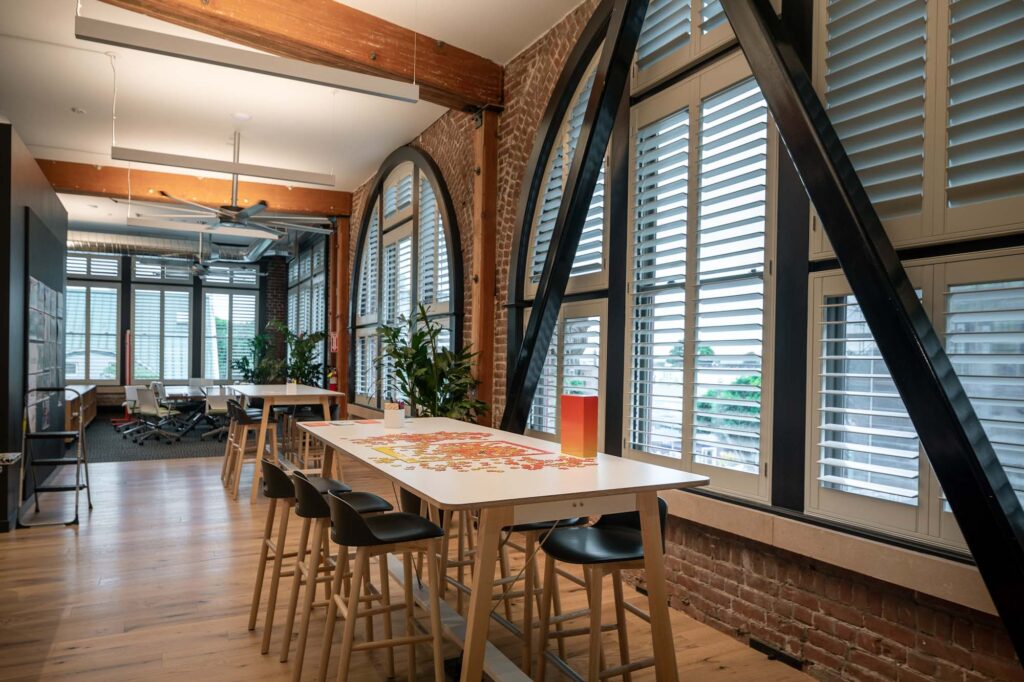
Health and Wellbeing – The new workplace design

Zen-inspired workspace design in an Indian city | 2021
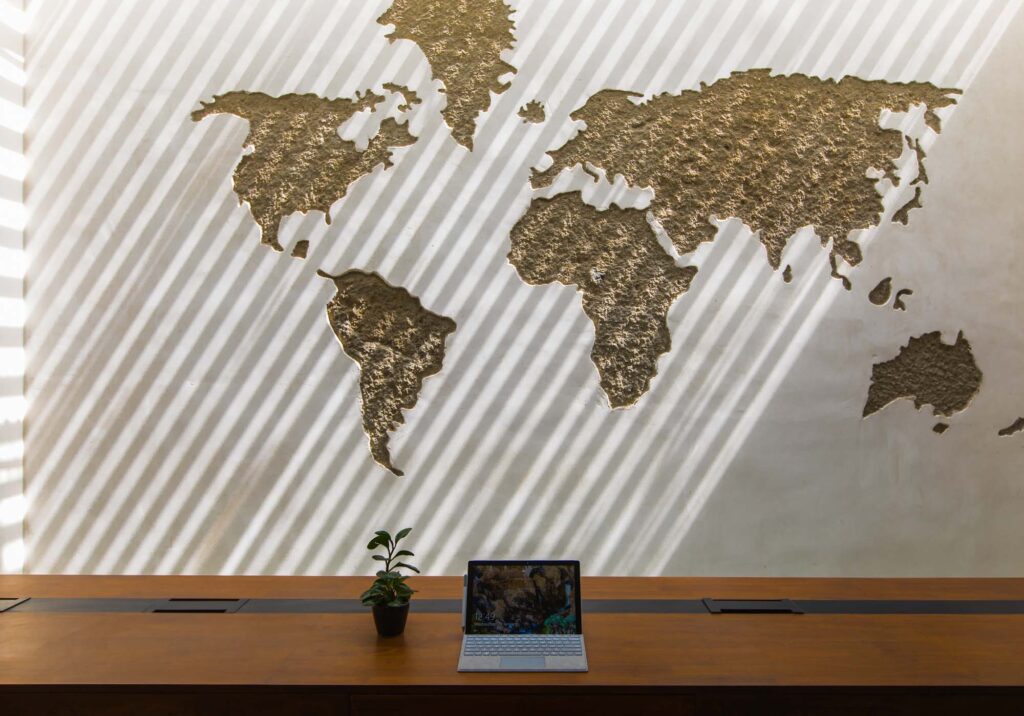
Looks like a unique construction firm |2021|
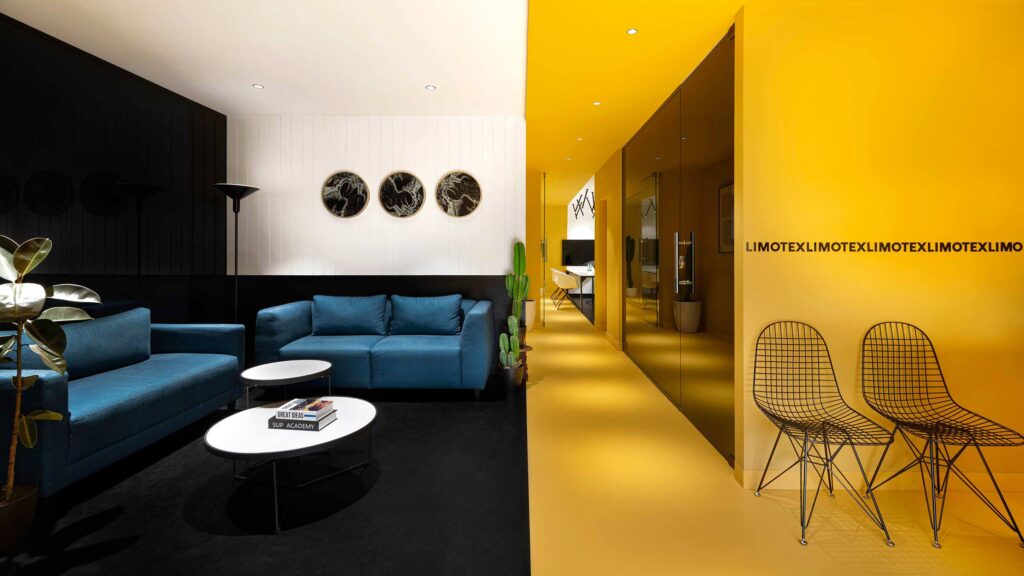
How to spruce up your work environment |2021|
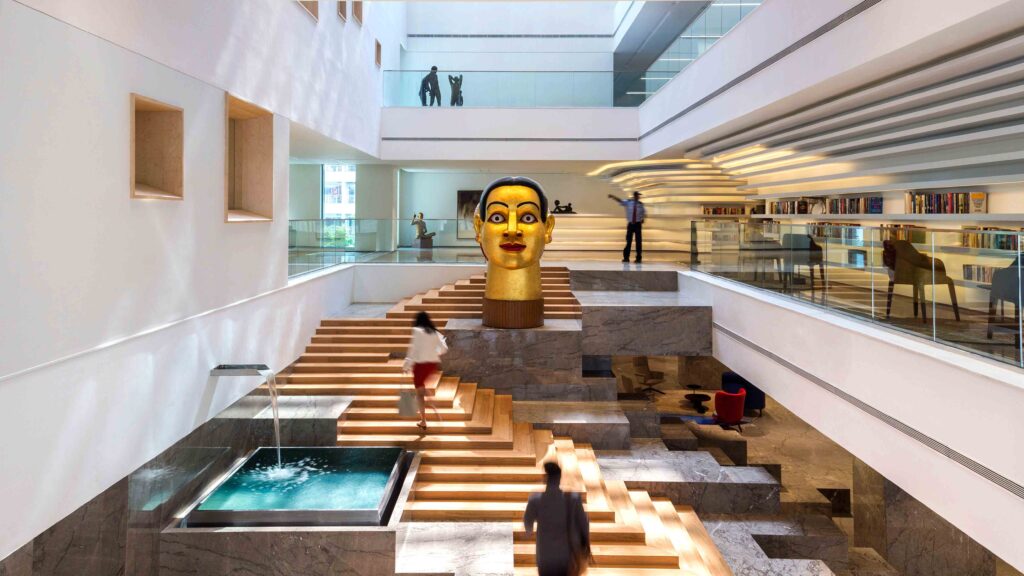
Better corporate workspace design for our workforce (2021)

Discover the secrets of merging Fashion & Architecture into a Retail space
